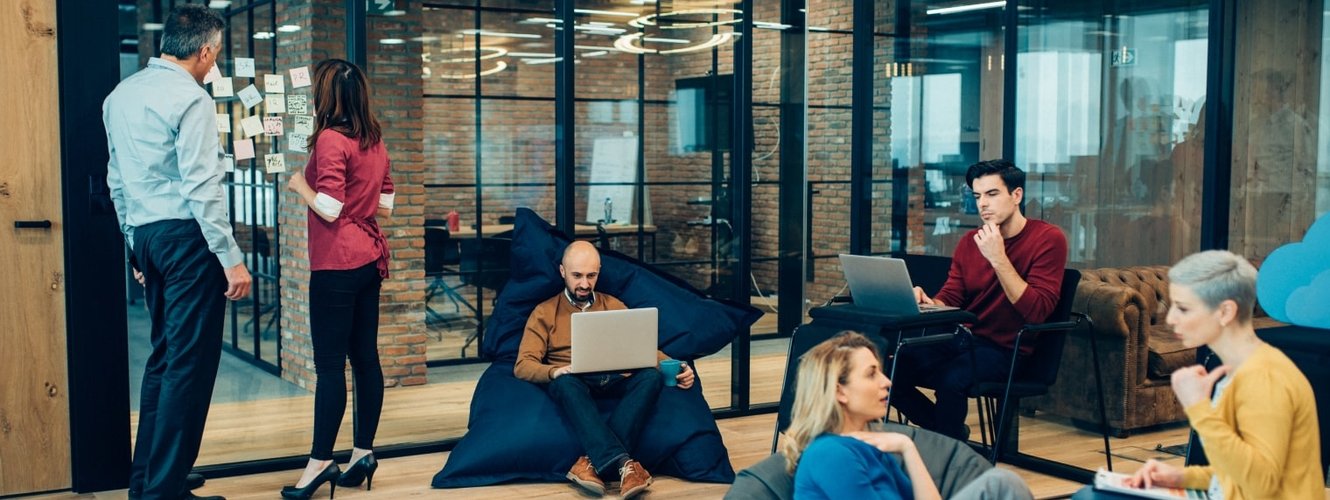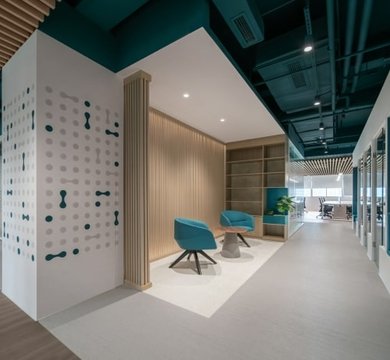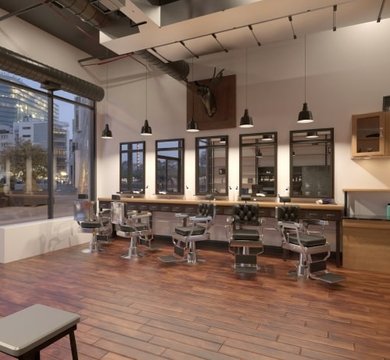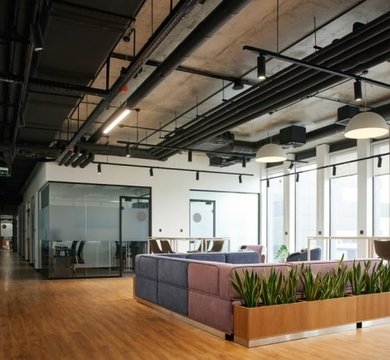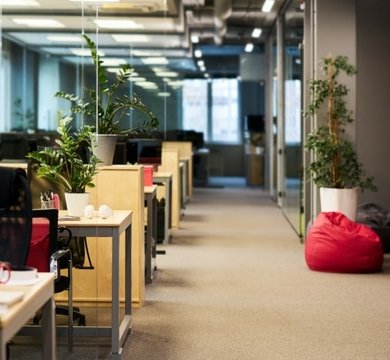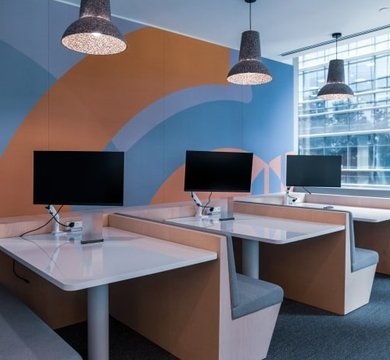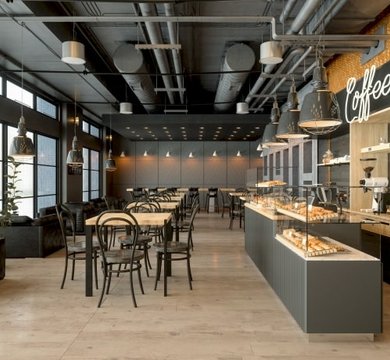As the UK successfully takes step one of the Government’s roadmap out of lockdown, news headlines are increasingly reporting the steady return to central offices. Of note, however, is the intention of many businesses to offer employees a flexible approach to where they work - something that can be achieve with a fresh approach to office design.
Google is setting out its worldwide intentions, starting in the US. The tech giant has recently changed its work-from-home policy in a bid to attract more people back to the office. Although Google’s current WFH edict runs until 1st September 2021, workers can return to their desk voluntarily from this May. And in the near future, it will only allow employees to work from home for more than 14 days a year if they apply for it, rather than the assumption that WFH is a de facto right.
Here in the UK, it is PwC leading the charge, with an announcement that it will allow staff to split their time between home and office working. The revised expectation will be for staff to spend 40%-60% of their time with colleagues or clients in a physical capacity.
We have seen headlines that claim people are tired of working from home and the Chancellor added his weight to the pro-office argument in March, warning business owners that employees may quit if they don’t reopen offices. Mr Sunak’s comment that ‘working from home was no substitute for a physical workspace’ does pose a question: what will employees expect when they return to their workplace?
After working with home comforts within easy reach – typing on the laptop from the living room sofa, for example - employees may find the transition back to the corporate world a little awkward. As a result and to tempt staff back, we predict a move away from more austere looking offices to more homely surroundings. Our suggestions for easing employees back include:
- Plusher break out areas, with sofas, cushions and soft lighting
- Improved communal kitchen facilities, with coffee making machines and bar stools
- Cups and crockery that are more colourful and design-led, and less cafeteria functional
- Living room elements creeping into desk areas, such as rugs and standard lamps
- Less sterile lighting, with more lampshades and pendants instead of strip lighting
- Calming colour palettes that add warmth and interest
- House and pot plants for cleaner air and a connection to nature
Ask MPL about our approach to flexible and fit-for-purpose commercial fitouts. We can design a workplace to accommodate flexi working patterns and with a nod to more residential home comforts.

